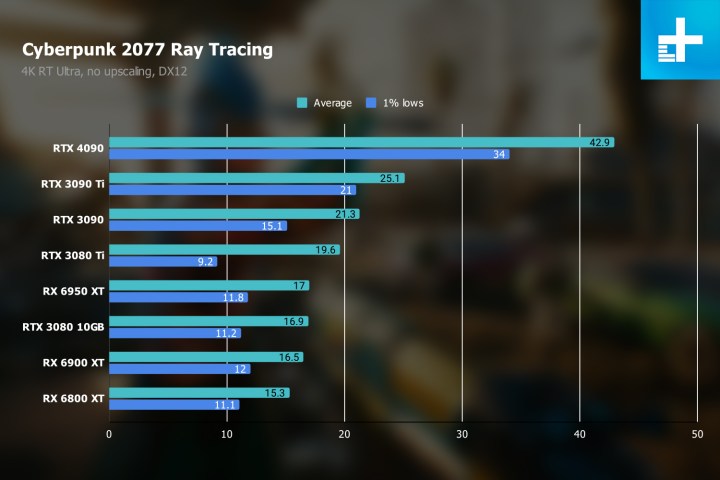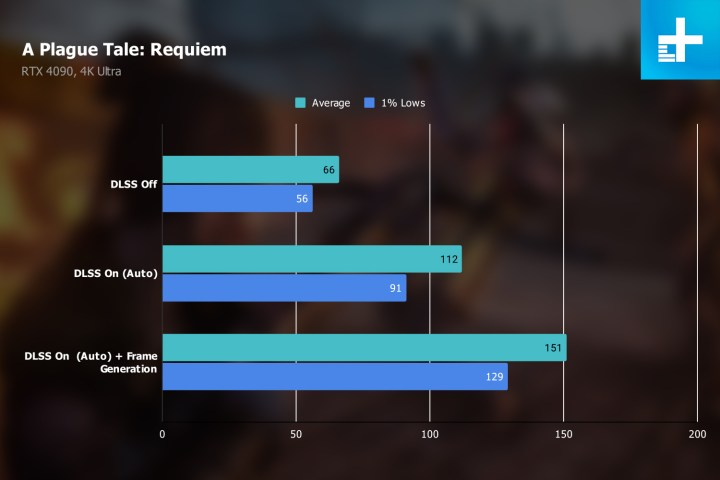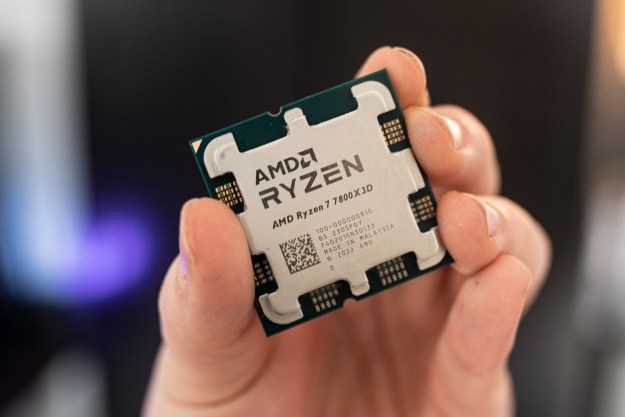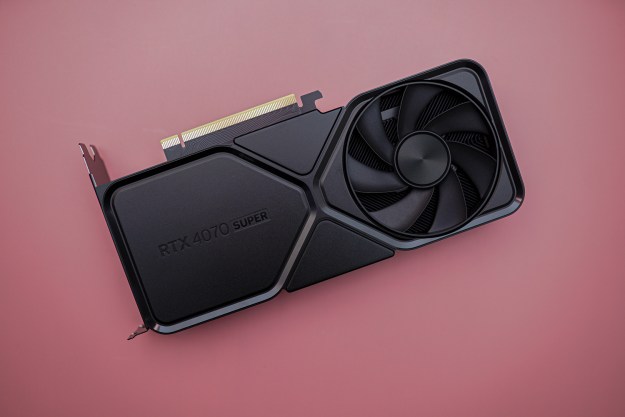The Nvidia RTX 4090 is Nvidia’s new flagship graphics card that is set to dominate high-end gaming PCs and benchmark top-10 lists for the medium-turn future. Now that our RTX 4090 review is complete, however, the conversation falls to how well the RTX 4090 fares against the existing kings of the hill: the RTX 3090 and RTX 3090 Ti.
Can these now last-generation cards still hold their own, or is the RTX 4090 too dominant?
Specs

Nvidia released (almost) the full specifications for the
| RTX 4090 | RTX 3090 Ti | RTX 3090 | |
| Architecture | Ada Lovelace | Ampere | Ampere |
| GPU | AD102 | GA102 | GA102 |
| Process node | 5nm TSMC | 8nm Samsung | 8nm Samsung |
| CUDA cores | 16,384 | 10,752 | 10,496 |
| RT cores | 144 3rd-generation | 84 | 82 |
| Tensor cores | 576 4th-gen | 336 | 328 |
| Base clock | 2235MHz | 1560MHz | 1395Mhz |
| Boost clock | 2520MHz | 1860MHz | 1695MHz |
| Memory | 24GB GDDR6X | 24GB GDD6X | 24GB GDDR6X |
| Memory speed | 21Gbps | 21Gbps | 19.5Gbps |
| Memory bus width | 384-bit | 384-bit | 384-bit |
| Bandwidth | 1018GBps | 1018GBps | 936GBps |
| TDP | 450W | 450W | 350W |
With this generation of GPUs, we see a big uptick in CUDA cores again, as well as additional next-generation RT and Tensor cores helping to deliver faster ray tracing and better DLSS. Clock speeds have taken a big leap too, which will help deliver the big performance gains Nvidia promised.
The added efficiency of the new architecture on its new 5nm process is what appears to have allowed Nvidia to raise core count and clock speeds so dramatically while maintaining the same power requirements as the RTX 3090 Ti. That’s still a big TDP, but it’s certainly more manageable than some of the rumored totals that were doing the rounds in recent weeks.
Memory configurations remain much the same as the RTX 3090 Ti, though they still represent a big uplift over the RTX 3090.
Pricing and release
The RTX 3090 was released in September 2020, shortly after the flagship RTX 3080. Its price was initially $1,500, but it fluctuated greatly over the past two years, rising to over $3,000 at times. At the time of writing, you can buy it for around $900 at most retailers.
The RTX 3090 Ti released in March 2022 with a debut price of $2,000. Shortages at the time meant it could hit $4,000 in some cases, but prices came crashing down shortly after, and today it can be found for as little as $1,000.
The
Performance
It was always clear that the Nvidia
Nvidia didn’t go into great detail with first-party benchmarks at its GTC showcase, but we’ve had plenty of hands-on time with the new card and have put it through its paces to find just how well it stands up against the last-generation kingpins from both Nvidia and AMD.

Right out of the gate in 3DMark testing, it was clear that the

Across our range of game testing, the
For more per-game test results, be sure to dive into our full-length RTX 4090 review.
The above graph shows the

This is with DLSS disabled, so you can expect much better performance from all tested Nvidia cards with that setting enabled, but this shows the raw capabilities of the card without all the technical wizardry Nvidia has brought to bear in recent years.
Overall, the performance of the
Features
Like the 3090 Ti and 3090 before it, the

The
Is the RTX 4090 a waste of money?
The
If you want to play games at
If you have $1,600 to spend and want the best
Now, all eyes turn to what AMD has planned with its upcoming RDNA 3 generation of GPUs to see what effect that has on the top-tier performance dynamic.
Editors' Recommendations
- Nvidia could flip the script on the RTX 5090
- The RTX 4090 is more popular on Steam than any AMD GPU
- Ray tracing vs. path tracing — which is the best dynamic lighting technique?
- You shouldn’t buy these Nvidia GPUs right now
- The RTX 4090 is past its prime, and that’s OK




